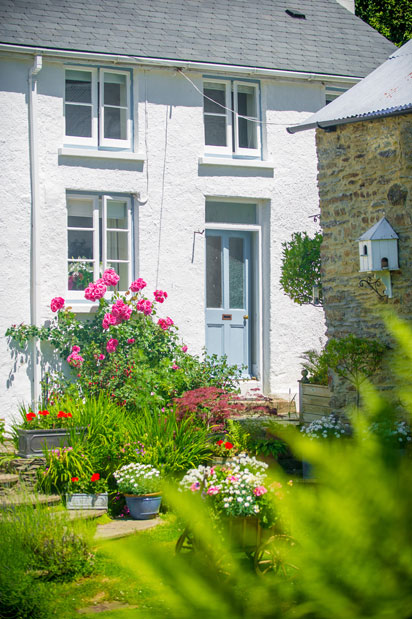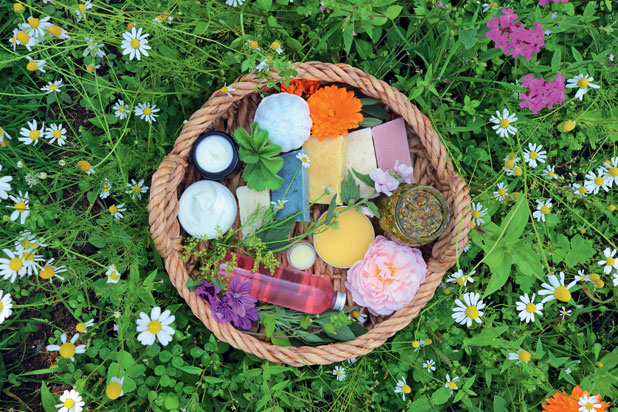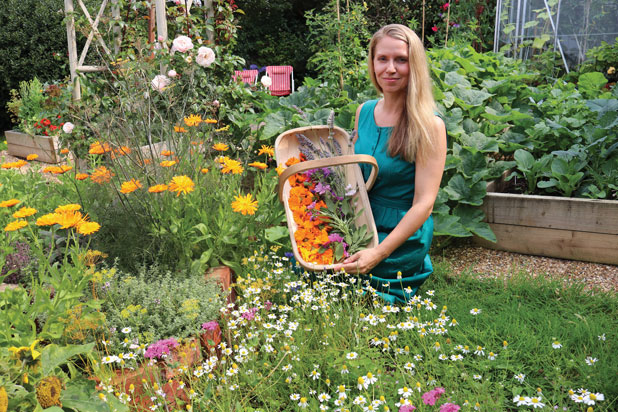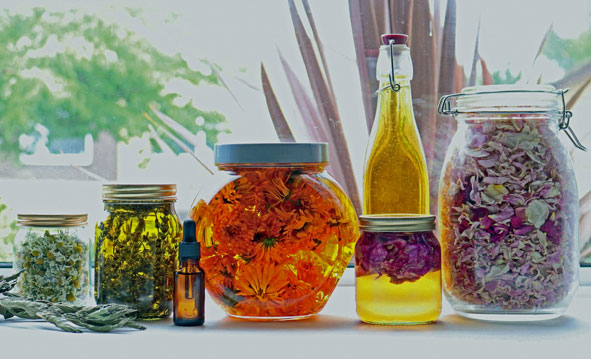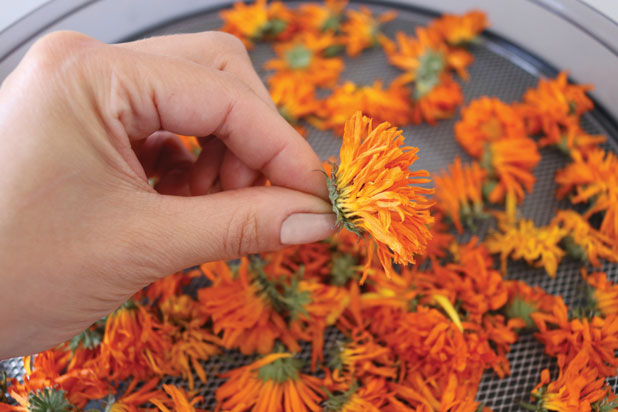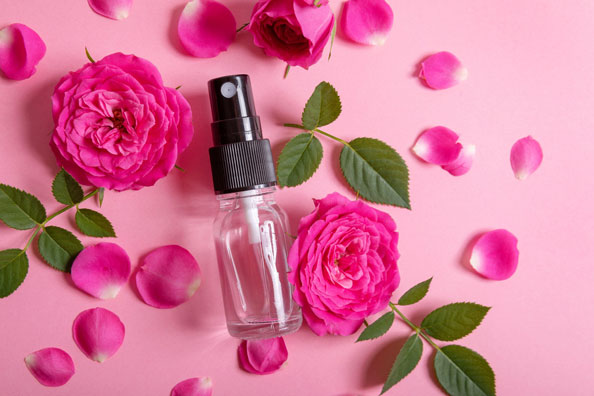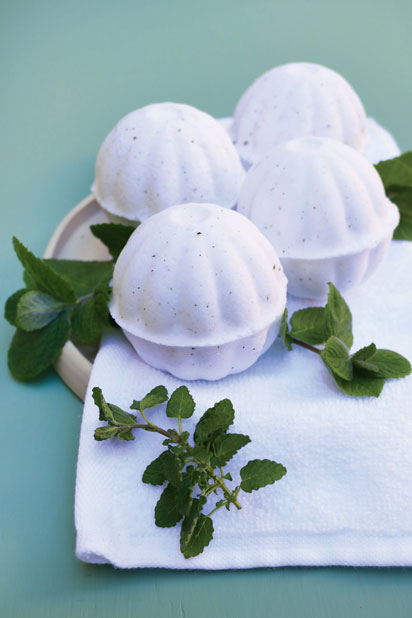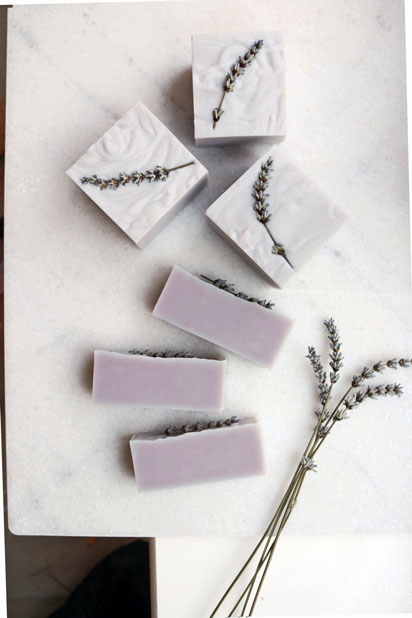As 2021 looks set for a staycation boom, here’s how to make the most of opportunities to let your holiday property out. By Vicky Shaw.
With staycations likely to prove popular in 2021, holiday lets could become more appealing to those with the money to invest.
And mortgage lenders have boosted their ranges to cater for demand from holiday let investors, according to Moneyfacts.co.uk.
The website recently found the choice of mortgage options for borrowers looking at holiday lets has doubled since August 2020. In early April 2021, Moneyfacts found 149 mortgage options available for holiday lets – a figure which was nearly back to levels seen in March 2020, when there were 162 deals on the market. Back in August 2020, there were just 74 deals recorded.
If you’re getting a holiday let property ready for bookings, here are some tips from Bev Dumbleton, chief operating officer at Sykes Holiday Cottages, to help maximise the potential of the property…

1. Prioritise easy DIY jobs
Now could be the perfect time to get stuck into some DIY. People often underestimate how effective simple DIY jobs can be to spruce up a property. And when it comes to a holiday let, you need to ensure that the space is always looking its best for your guests.
If your property has been empty for a few months, it might just need a bit of love. A fresh coat of paint on the walls can really brighten the space and you could also bring your painting skills into the garden to repaint any garden furniture and fences, to make it feel smarter and more luxurious.
Prioritise easy repairs that are going to make the experience better for the customer. For example, a bathroom can be instantly revitalised by resealing around sinks and the shower, replacing an old shower curtain or fixing any leaky taps.
Remember, it’s not just about making it look better, but fixing any small issues that will help secure you top reviews – and ultimately more bookings.
2. Give your property images a facelift
When marketing your holiday let, ensure you’re using top quality images. No matter how stunning your property is, images are going to be what really grabs people’s attention.
You only have one chance to make a first impression, so make sure you are using the most up-to-date photos. If you have made renovations or interior changes during the lockdowns, now is the time to show them off.
The first image makes the biggest impact, so use it to showcase the best parts of your holiday home. Try and capture pictures that show off amenities that will be great for all times of year too – from cosy fireplaces all the way to beautiful balconies and sun terraces.
Finally, you should also consider including some of the local area to show off what there is to do around the property come rain or shine.
3. Ensure year-round appeal
Looking to the years ahead, to help secure bookings across the seasons, think about what will drive opportunities during those sometimes-quieter autumn and winter months. Certain amenities draw more bookings in colder months than others, so if it’s something you can afford to add, it could be a worthwhile investment.
For example, Sykes’ bookings data has previously shown that properties with hot tubs, on average, earn 50% more than lets that don’t, and woodburning stoves and open fires also attract guests all-year-round. Believe it or not, dishwashers are also an attractive feature to holidaymakers when booking.
If you’re worried about cost, then there are smaller but still effective changes you could still make, like providing blankets or putting rugs down on wooden floors to add warmth. The key is to ensure the space is cosy to drive bookings in those colder months.
4. Allow shorter bookings
Often during the low season, guests don’t want to book a week-long holiday, opting instead for a shorter mid-week or weekend break. Allowing bookings for two or three-night stays will may well encourage more people to book.
This is especially true after the past year, with short breaks becoming increasingly popular as people have been working from home and having long-weekend ‘workcations’. Recent research from Sykes found half of people plan to take more weekend trips and shorter breaks this year, rather than longer ones.
